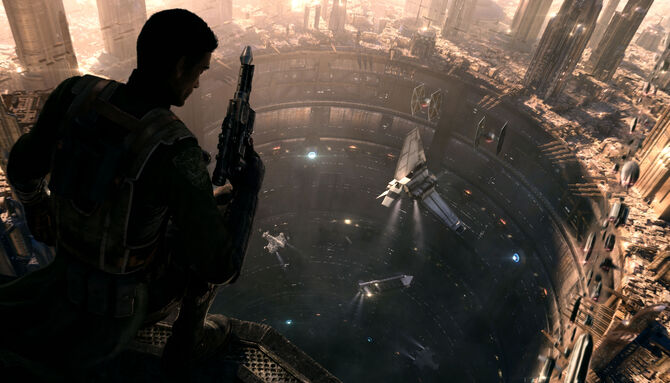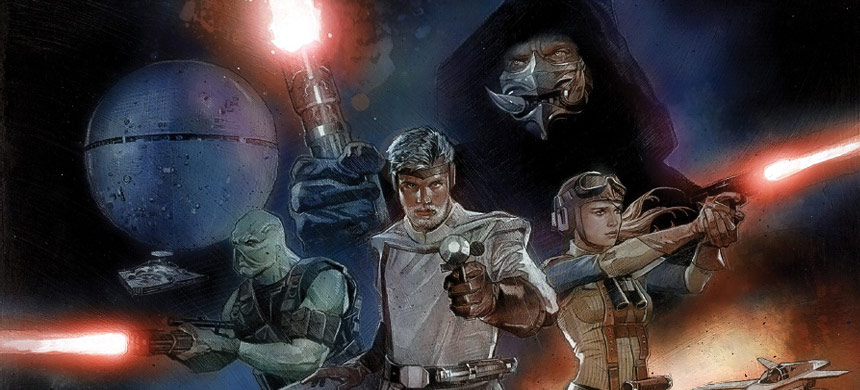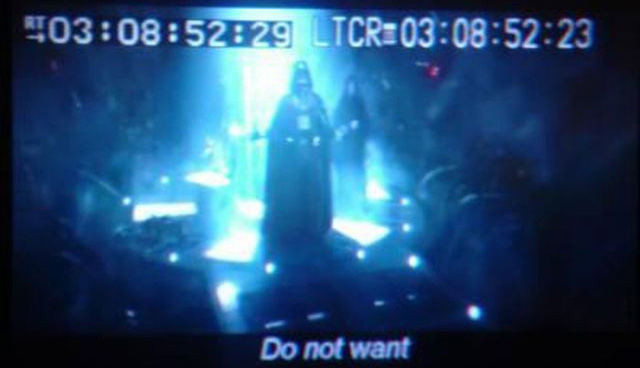
Star Wars has a strange relationship with the Dark Side of the Force. It flits from being full-on satanic influence to distilled psychopathy depending on the story, but there is one common factor – the idea that the dark side lulls the wielder in, that however constructed, it’s always a Faustian bargain at best.
Does this render the dark side power wielding nutcase that invariably results free from any kind of responsibility? Short of outright possession – which has happened – the answer has to be no. What is of interest here is that those few dark side wielding maniacs that have kicked the habit have never played the “dark side made me do it” card that fandom is fond of invoking.
I propose to look at four case studies in how the dark side operates and how the individual responded to it: Quinlan Vos, Anakin Skywalker, Kyp Durron and Cade Skywalker. Each represents a different dark side opening as it were.





